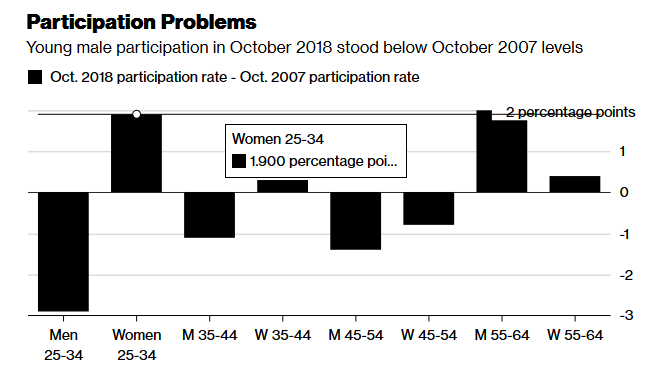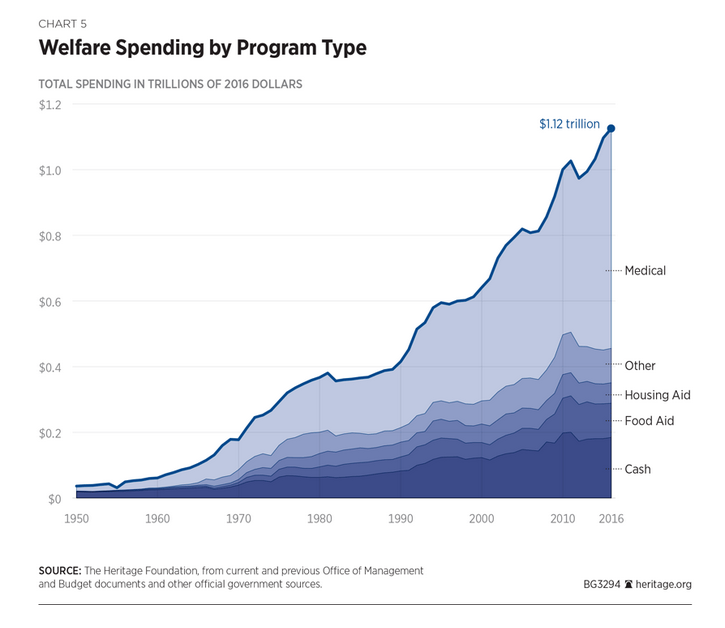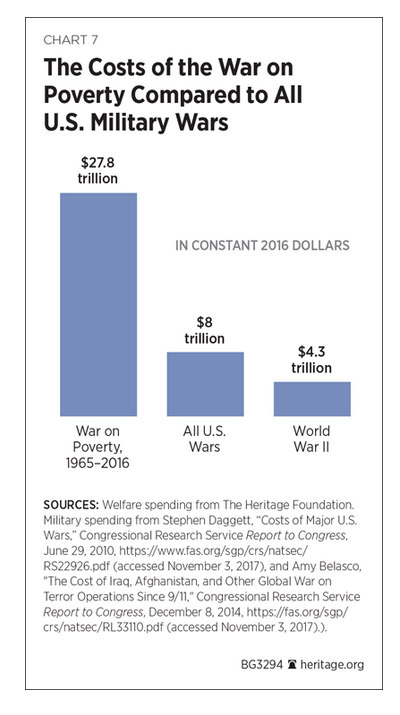The Herald Mail Media reported yesterday that Representative Alexandria Ocasio-Cortez, speaking at the South by Southwest conference in Austin, Texas, stated the following:
“Capitalism is an ideology of capital — the most important thing is the concentration of capital and to seek and maximize profit,” Ocasio-Cortez said. And that comes at any cost to people and to the environment, she said, “so to me capitalism is irredeemable.”
Although she said she doesn’t think all parts of capitalism should be abandoned, “we’re reckoning with the consequences of putting profit above everything else in society. And what that means is people can’t afford to live. For me, it’s a question of priorities and right now I don’t think our model is sustainable.”
…While America is wealthier than ever, wealth is enjoyed “by fewer than ever,” she said.
“It doesn’t feel good to live in an unequal society,” she said, citing an increase in homelessness in New York City among veterans and the elderly while penthouses sit empty. “It doesn’t feel good to live in a society like that.”
Let’s look at those statements through the lens of American history. In November 2005, the Heritage Foundation published an article about communism in America.
The article included the following notes on American history:
Recalling the story of the Pilgrims is a Thanksgiving tradition, but do you know the real story behind their triumph over hunger and poverty at Plymouth Colony nearly four centuries ago? Their salvation stemmed not so much from the charitable gestures of local Indians, but from their courageous decision to embrace the free-market principle of private property ownership a century and a half before Adam Smith wrote The Wealth of Nations.
Writing in his diary of the dire economic straits and self-destructive behavior that consumed his fellow Puritans shortly after their arrival, Governor William Bradford painted a picture of destitute settlers selling their clothes and bed coverings for food while others “became servants to the Indians,” cutting wood and fetching water in exchange for “a capful of corn.” The most desperate among them starved, with Bradford recounting how one settler, in gathering shellfish along the shore, “was so weak … he stuck fast in the mud and was found dead in the place.”
The colony’s leaders identified the source of their problem as a particularly vile form of what Bradford called “communism.” Property in Plymouth Colony, he observed, was communally owned and cultivated. This system (“taking away of property and bringing [it] into a commonwealth”) bred “confusion and discontent” and “retarded much employment that would have been to [the settlers’] benefit and comfort.”
The most able and fit young men in Plymouth thought it an “injustice” that they were paid the same as those “not able to do a quarter the other could.” Women, meanwhile, viewed the communal chores they were required to perform for others as a form of “slavery.”
On the brink of extermination, the Colony’s leaders changed course and allotted a parcel of land to each settler, hoping the private ownership of farmland would encourage self-sufficiency and lead to the cultivation of more corn and other foodstuffs.
As Adam Smith would have predicted, this new system worked famously. “This had very good success,” Bradford reported, “for it made all hands very industrious.” In fact, “much more corn was planted than otherwise would have been” and productivity increased. “Women,” for example, “went willingly into the field, and took their little ones with them to set corn.”
The famine that nearly wiped out the Pilgrims in 1623 gave way to a period of agricultural abundance that enabled the Massachusetts settlers to set down permanent roots in the New World, prosper, and play an indispensable role in the ultimate success of the American experiment.
A profoundly religious man, Bradford saw the hand of God in the Pilgrims’ economic recovery. Their success, he observed, “may well evince the vanity of that conceit…that the taking away of property… would make [men] happy and flourishing; as if they were wiser than God.” Bradford surmised, “God in his wisdom saw another course fitter for them.”
There will always be inequities in wealth. A person who works 12-hour days will generally earn more than a person who works a 6-hour day. People who invent things or have new ideas generally do very well financially. Rewarding innovation provides an incentive for progress. Capitalism (or the free market economy) is not perfect, but it creates fewer problems than any other economic system. Those touting the wonders of socialism need only look at the economic history of Venezuela during the past ten years. Once the wealthiest country in South America, now a place of unspeakable poverty. That is the fruit of socialism or communism.
Representative Ocasio-Cortez, please learn your history.
























